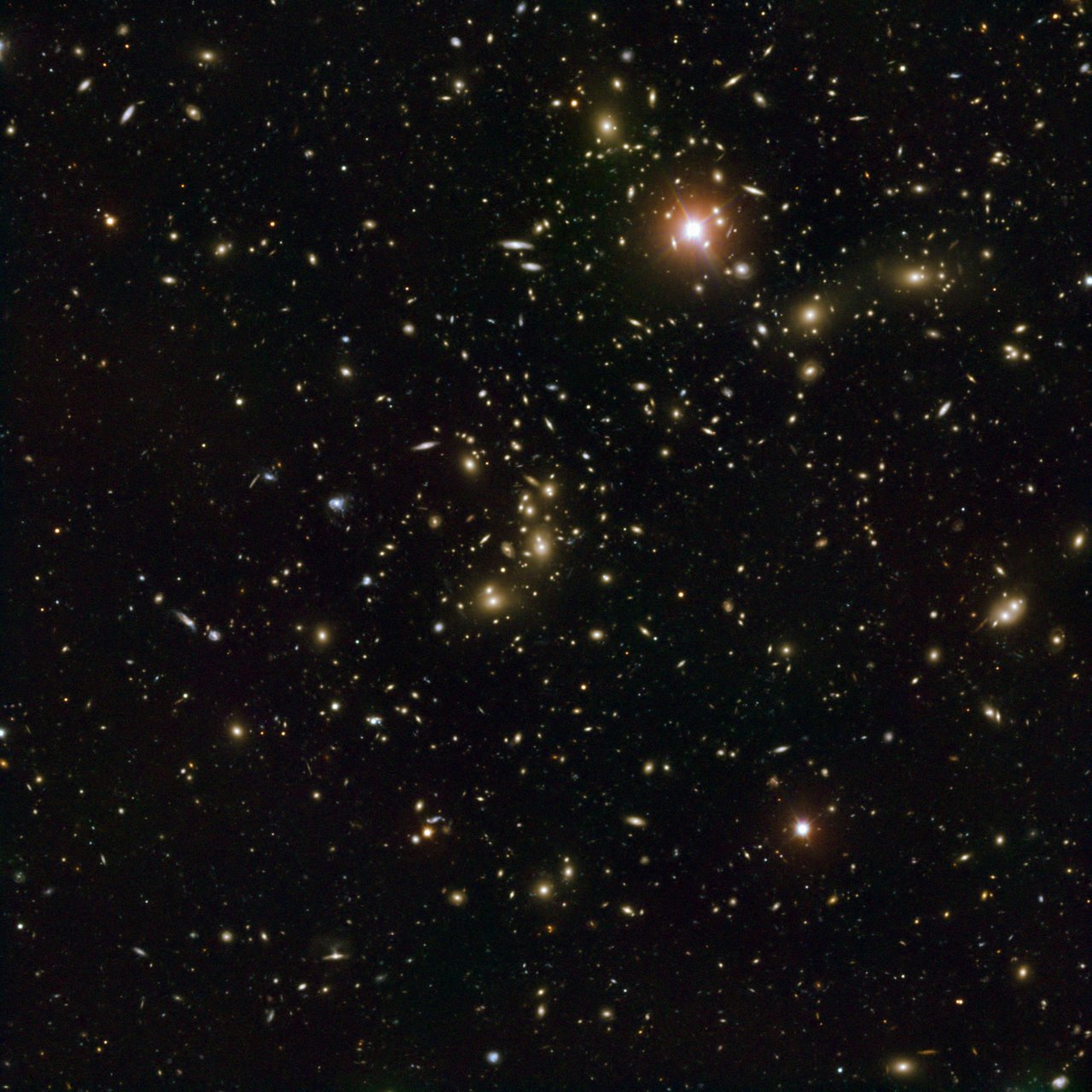Geometry of Space
-
Research Educator: Shyamal Mitra
Principal Investigator: Karl Gebhardt
In the Geometry of Space stream, students will begin to understand the large-scale structure of the universe through a study of the distribution of galaxies and clusters of galaxies using algorithms developed in computational geometry and applying techniques in data analytics. The galaxy data will be obtained from the Hobby Eberly Telescope Dark Energy Experiment (HETDEX), the Sloan Digital Sky Survey (SDSS), and from the NASA/IPAC Extragalactic Database (NED).
We will use computational geometry to obtain the size and center of clusters of galaxies and data analytics to determine member galaxies and outliers. We will compute the velocity dispersion of the clusters and their mass-to-light ratio. Specifically, one of the questions that we will try to answer is - are there interconnections between clusters and are the clusters themselves clustered to form superclusters? We will provide 3-dimensional maps of the distribution of galaxies.
This is observational cosmology that is direct and intuitive. The concepts in astronomy that we are dealing with are simple but deep. Through our course work we will develop the necessary programming and data analysis skills. The results of this study will deepen our understanding of the large-scale structure of the universe and the geometry of space that we live in.

Image Credit: ESO & D. Coe (STScI)/J. Merten (Heidelberg/Bologna)
-
 Yes
Yes - Astronomy, Computer Science, Math, Physics



